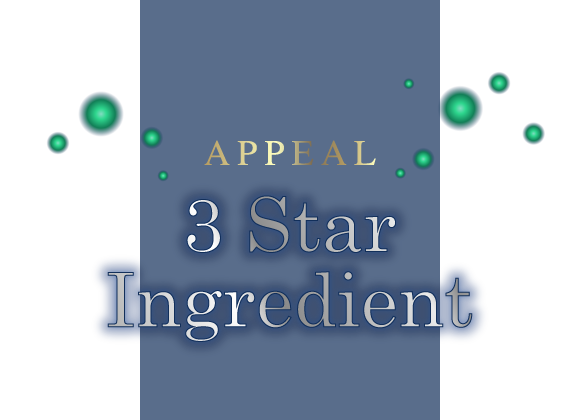
Sturgeon (Caviar Fish) Nutritional Analysis
The nutritional value of sturgeon meat is also academically recognized.
It has potential as a biomass resource. It has become known that the cartilage and
skin which is usually disposed of, also has nutritional value.
Academic analysis of the nutrition of cultivated sturgeon
- Objective
- To study the usefulness of sturgeon meat as an ingredient, its nutritional composition was assessed and its toxicity inspected.
- Method
- An analysis was carried out on all types of amino acids for nutritional composition and vitamins found in the meat of sturgeon produced at the Fujikin Tsukuba Advanced Technology Center. Furthermore, inspections were also carried out on the toxicity such as arsenic content.
- Results and considerations
- When the results of the composition analysis of sturgeon were compared to the list of edible fish in the 2010 Standard Tables of Food Composition in Japan, it was found that there were no excessive nutrients. However, glycine, aspartic acid, alanine, glutamic acid, lysine and arginine make up a large percentage of the floating amino acids, which resembles the same excellent functionality as blue backed fish. With the results of the toxicity inspection, it was found that the overall mercury content is higher than that of jack mackerel. Taking into account that the sturgeon are cultivated in a closed environment with tap water as its water source, these results could be improved with the feed. From this study, the usefulness of the meat from cultivated sturgeon as an ingredient became clear as it is not easily affected by pollutants from nature and holds similar outstanding functionality as blue backed fish.
Composition analysis of collagen extracted from the skin of cultivated sturgeon
- Objective
- To examine the nutritional value of cartilage and skin from sturgeon, which is usually disposed of and to search for a solution to utilize it as a cosmetic material. Also, to perform a comparison of the composition of collagen from sturgeon and commercialized collagen products derived from other fish.
- Method
- The skin is separated from the sturgeon produced in the Fujikin Tsukuba Advanced Technology Center and the collagen is extracted. An analysis of the amino acids and a measurement of the specific rotation was performed.
- Results and considerations
- We were able to extract collagen from the skin of sturgeon In accordance with the law. Since the skin of sturgeon has no scales, the process of removing the ash is removed and the purification time is shortened. Also, the acquired collagen has a specific rotation of -364.3°and a denaturation temperature of 24.8 °C which confirms that the helix structure of the collagen fibers is preserved in the same way as the collagen found in commercialized products. From this study, it is shown that there is a possibility that the collagen from the skin of sturgeon, which is usually disposed of, can be used a miomass resource.








